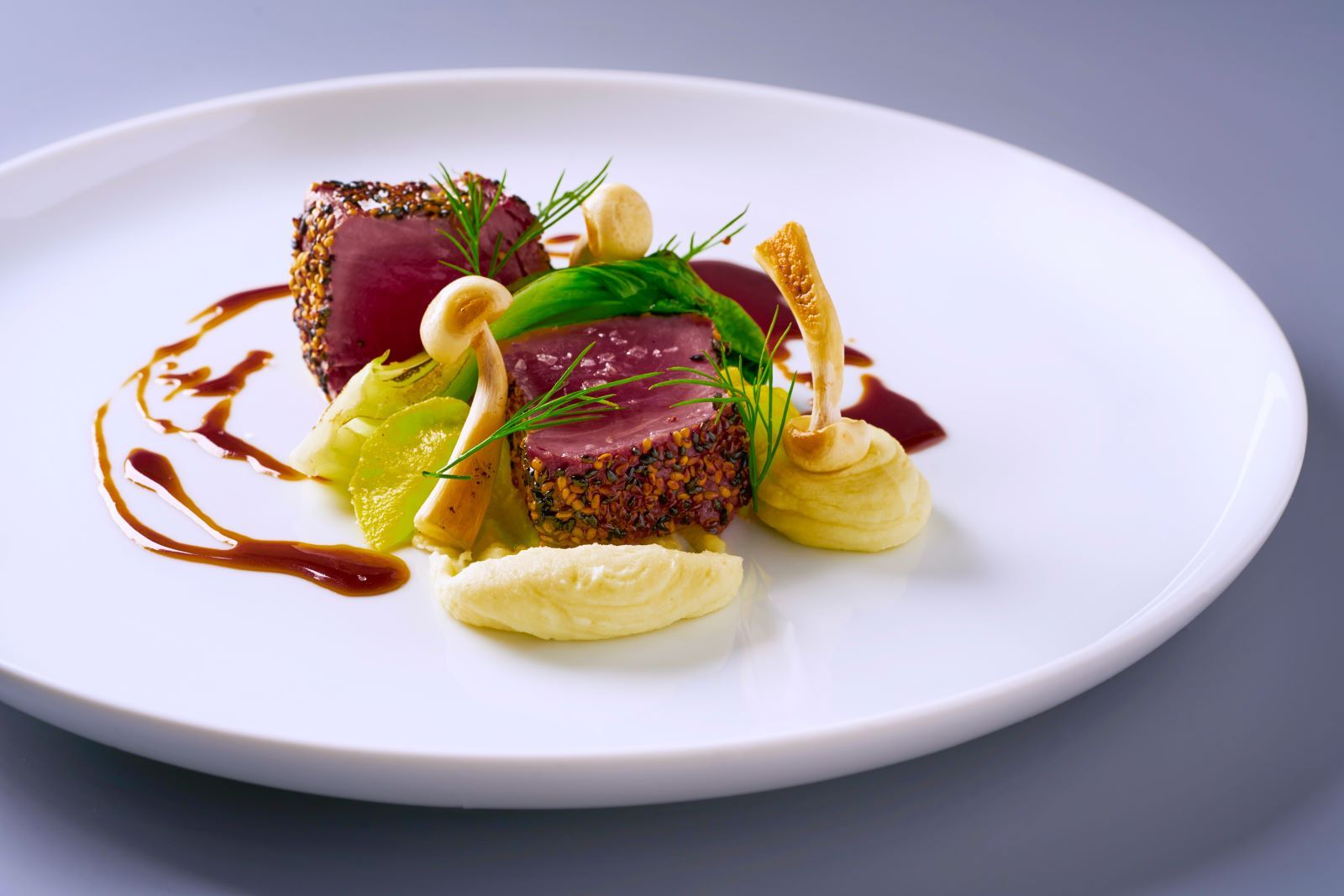The most prominent foods that shaped the identity of Saudi cuisine

Saudi Arabia is renowned for its unique food culture, characterised by a plethora of distinctive dishes and culinary traditions. Over time, cuisine has held a significant place in the cultural fabric of the nation. The culinary customs associated with Saudi cuisine also mirror the inherent hospitality of its residents in various regions and cities.
Saudi cuisine was defined by fundamental ingredients that had been accessible for centuries, thanks to the convenient transportation of spices and rice through commercial caravans originating from India and travelling to various destinations, including the Levant. During that era, the Hijaz region was renowned for its production of dates and camel milk.
When talking about the most famous Saudi meals and foods, we see that their diversity is linked to different cities and regions, as each city is famous for its unique popular dish that is distinct from other regions. Also, food habits differ according to the times, as most Saudis start their day by drinking coffee and eating dates early. Then they eat several types, most notably dairy products, for breakfast, and then the options vary at lunch and dinner.
Breakfast in Saudi Arabia is known for its diverse and nutritious offerings, providing essential daily nutrients for the human body. Dairy products play a significant role in these breakfasts. One of the staple morning dishes is 'Arika,' made from black wheat flour, cheese, ghee, and cream, sweetened with honey, delivering a complete and energising meal. Another popular breakfast item is 'maasoub,' featuring whole wheat bread with honey and bananas. 'Porridge' is also a well-known morning dish, prepared with cardamom, ghee, flour, and ginger. Internationally recognized, 'Shakshuka' consists of eggs cooked with tomatoes, onions, and various spices.
Meat, in all its varieties, plays a vital role in lunchtime meals, often accompanied by rice, legumes, and vegetables. One of the most renowned Saudi lunch dishes is 'Kabsa,' known internationally for its seasoned rice blended with a special spice mix, complemented by meat, chicken, or even fish. In the Asir region, 'Haneeth' takes centre stage—a dish featuring meat cooked in a distinctive manner within an earth-covered pit, served with white rice. Another beloved choice in Saudi Arabia is 'fish mashbous,' a delectable combination of rice and fish seasoned with cinnamon, black pepper, and saffron
At dinner, Saudis typically favour soup with Tamis bread, while others may opt for fast food. The 'thareed' dish is also renowned as a prominent Saudi dinner option. It's a traditional meal made up of cooked meat mixed with various vegetables and is typically served alongside a thin piece of bread."
The remarkable diversity found in Saudi cuisine is deeply connected to a rich history of enduring customs and traditions that persist today. These traditions have, over time, intricately shaped the nuances and elements of this cuisine, establishing it as an integral part of Saudi cultural heritage passed down through generations.



